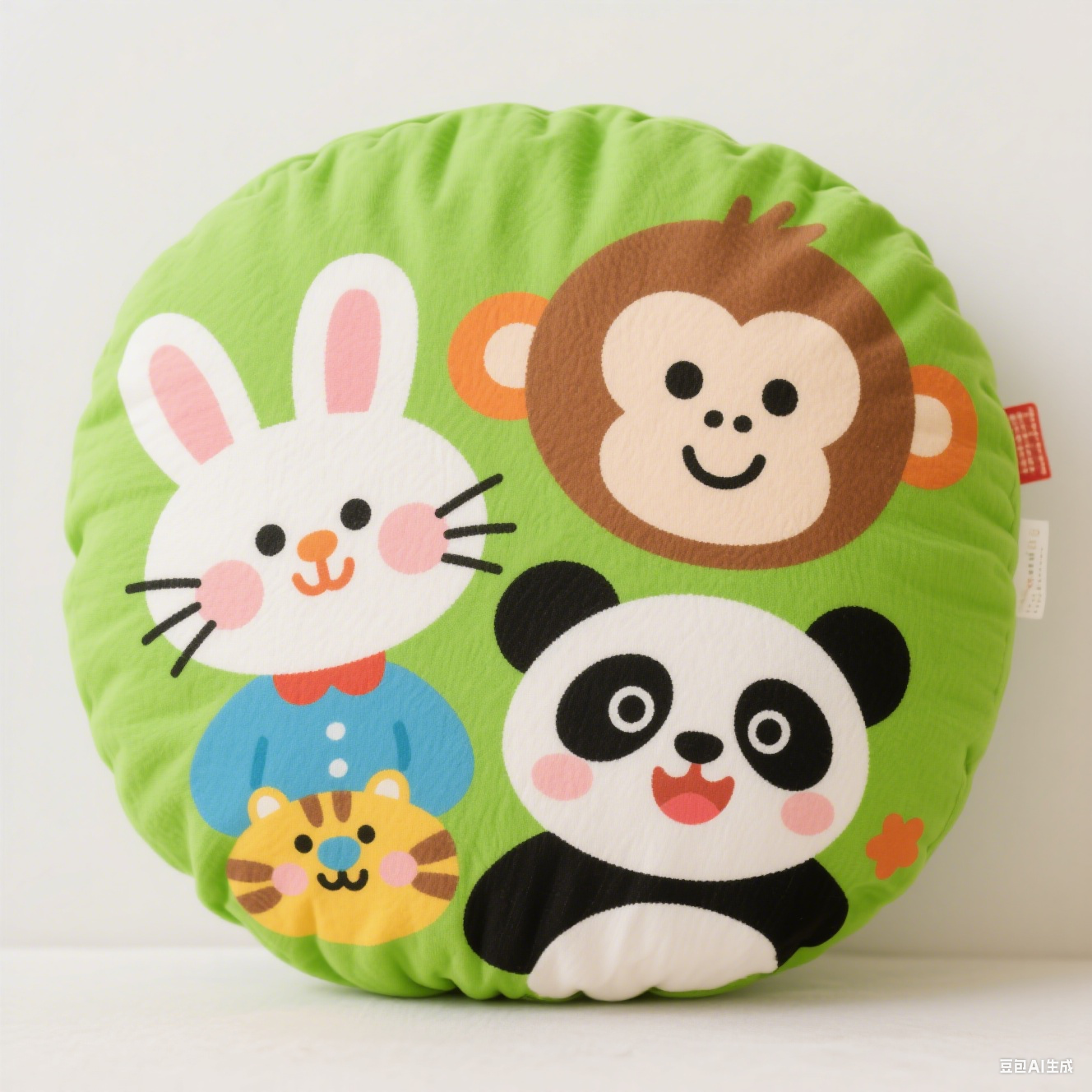If you’ve found yourself scrolling through search results for “cushion cover HS codes,” you’re not alone. Classifying products for international trade can be a daunting task, but understanding the right Harmonized System (HS) codes is crucial for accurate tariff calculation, compliance, and smooth customs clearance. Let’s break down the key codes and considerations for cushion covers, using real-world data to simplify the process.
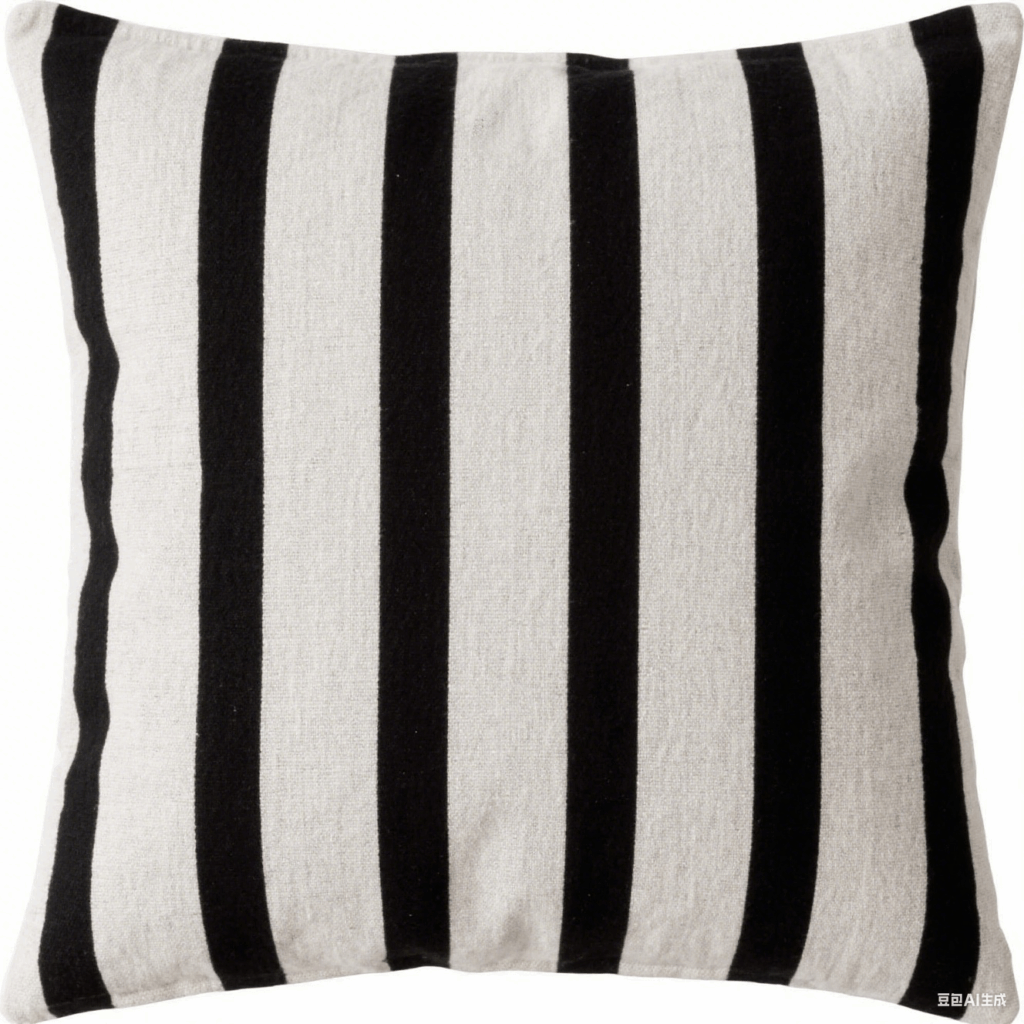
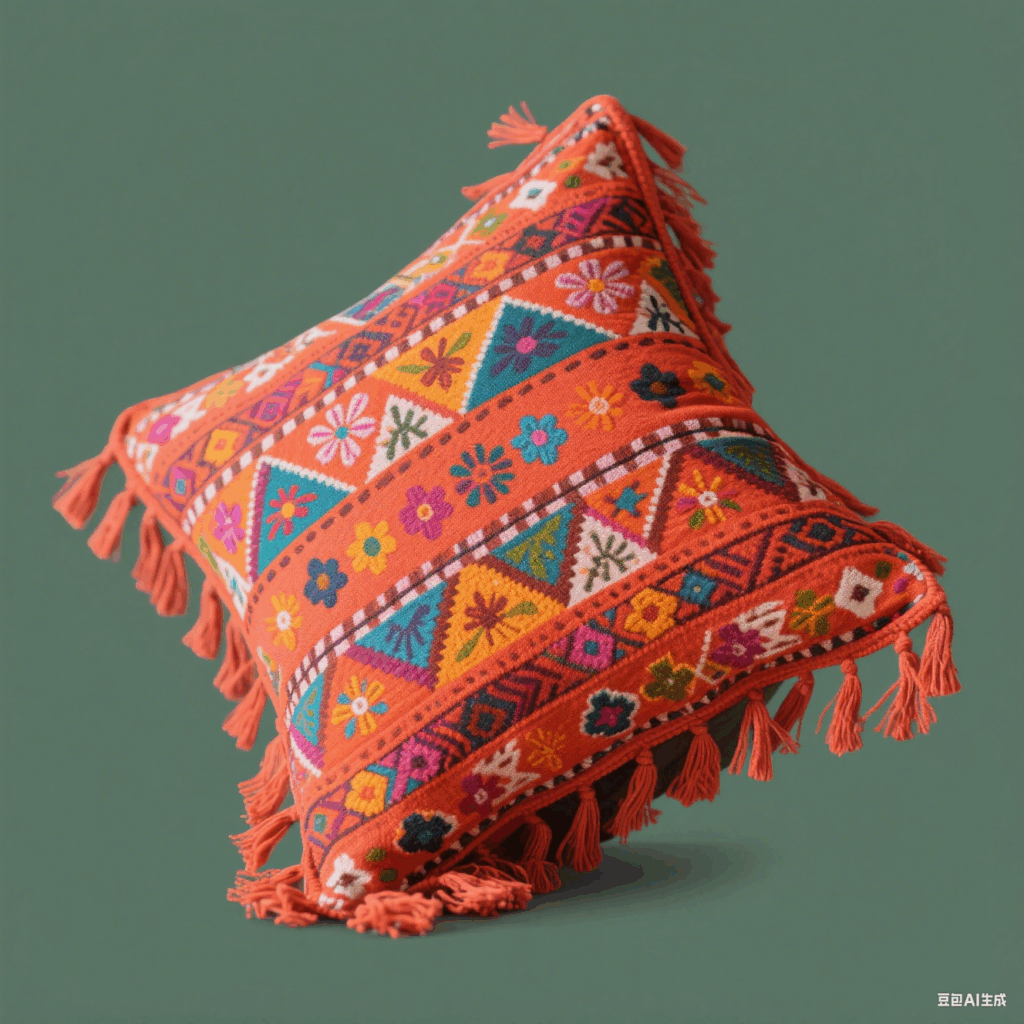
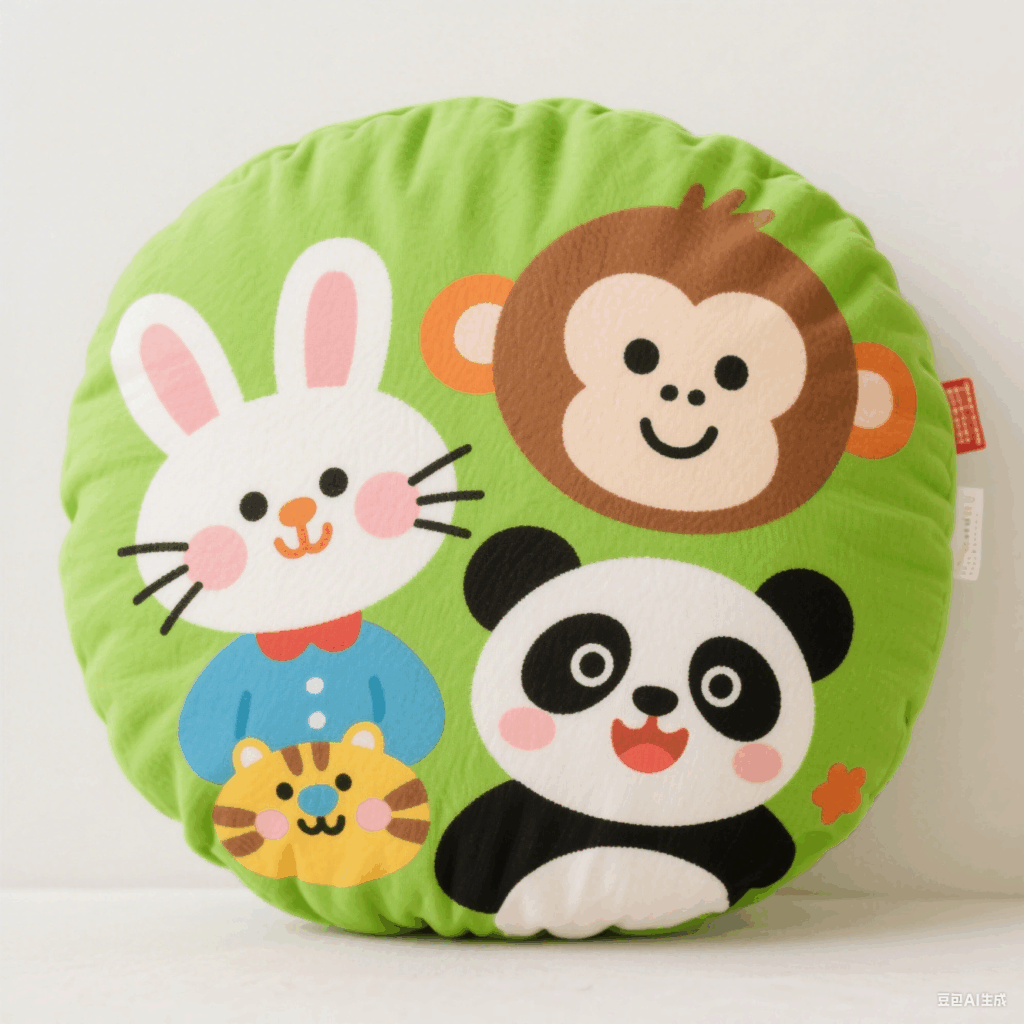
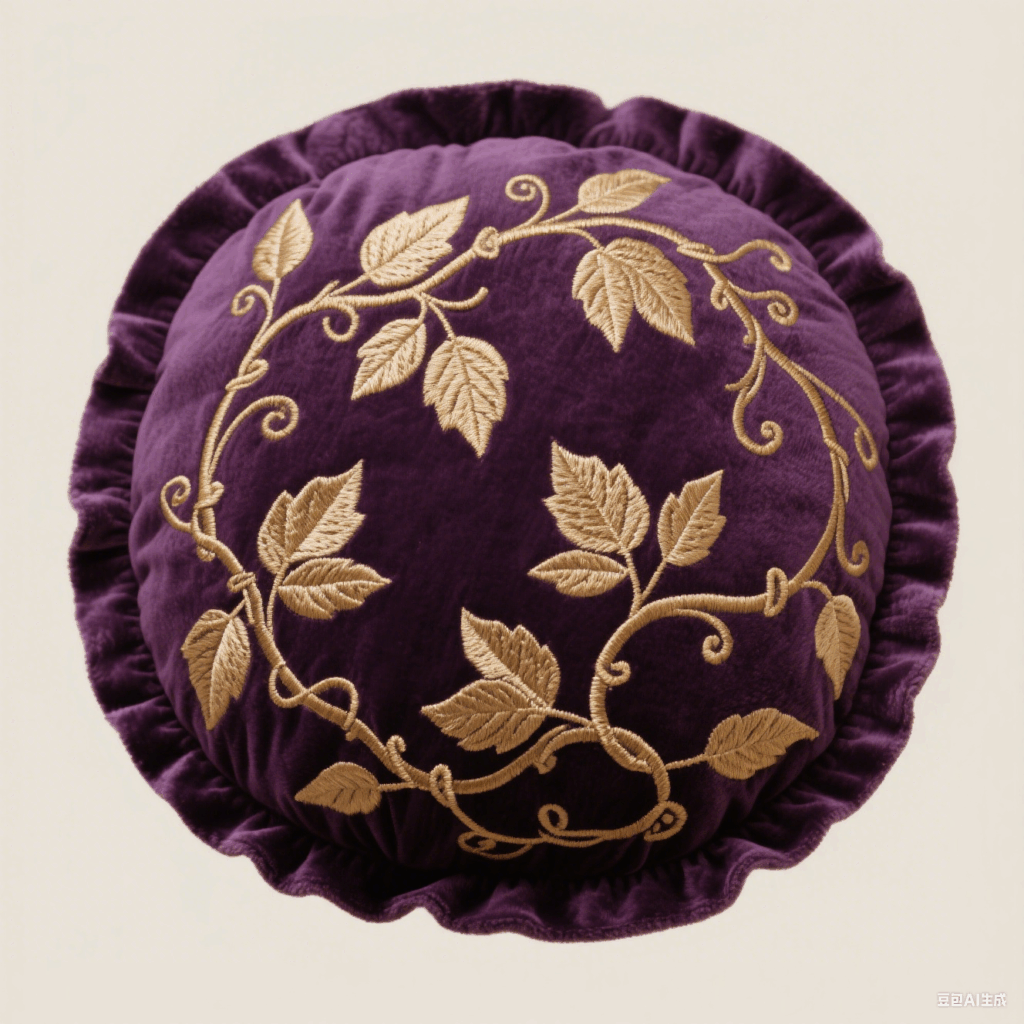
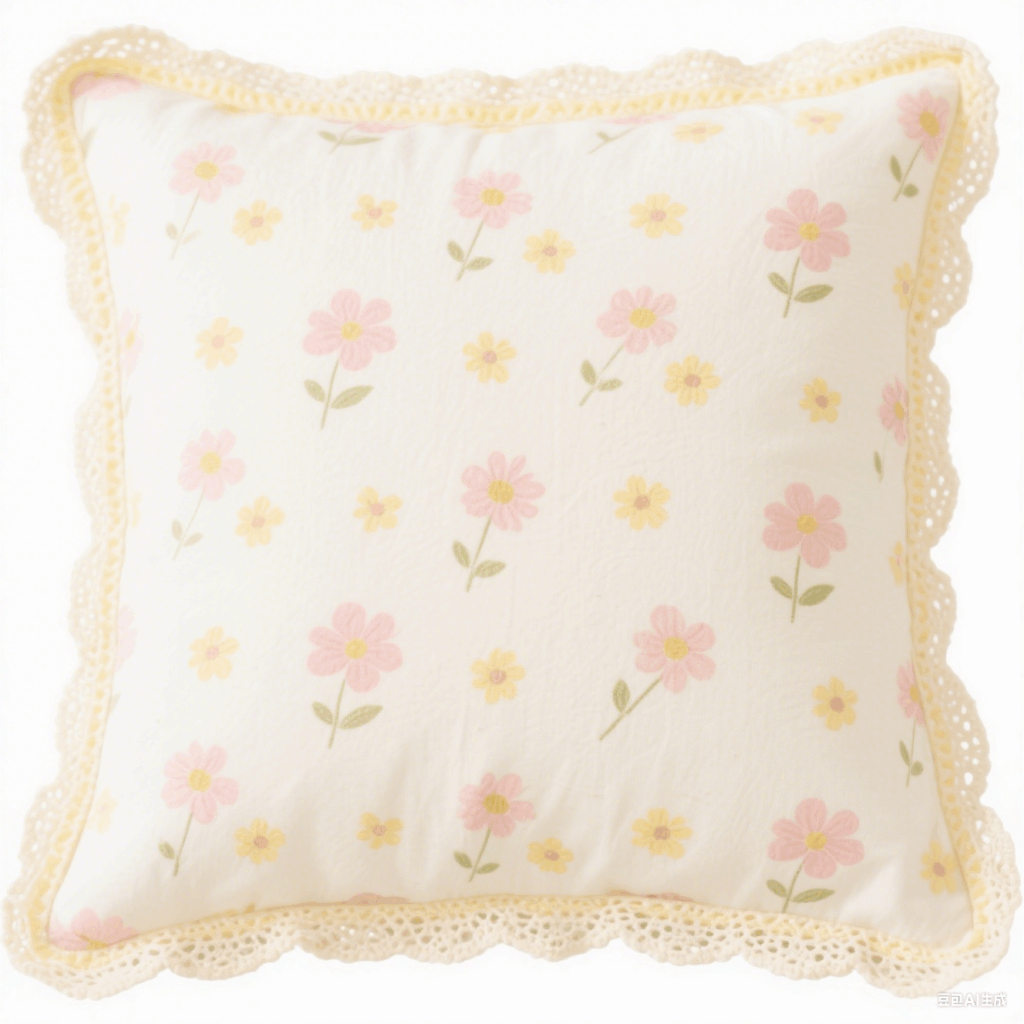
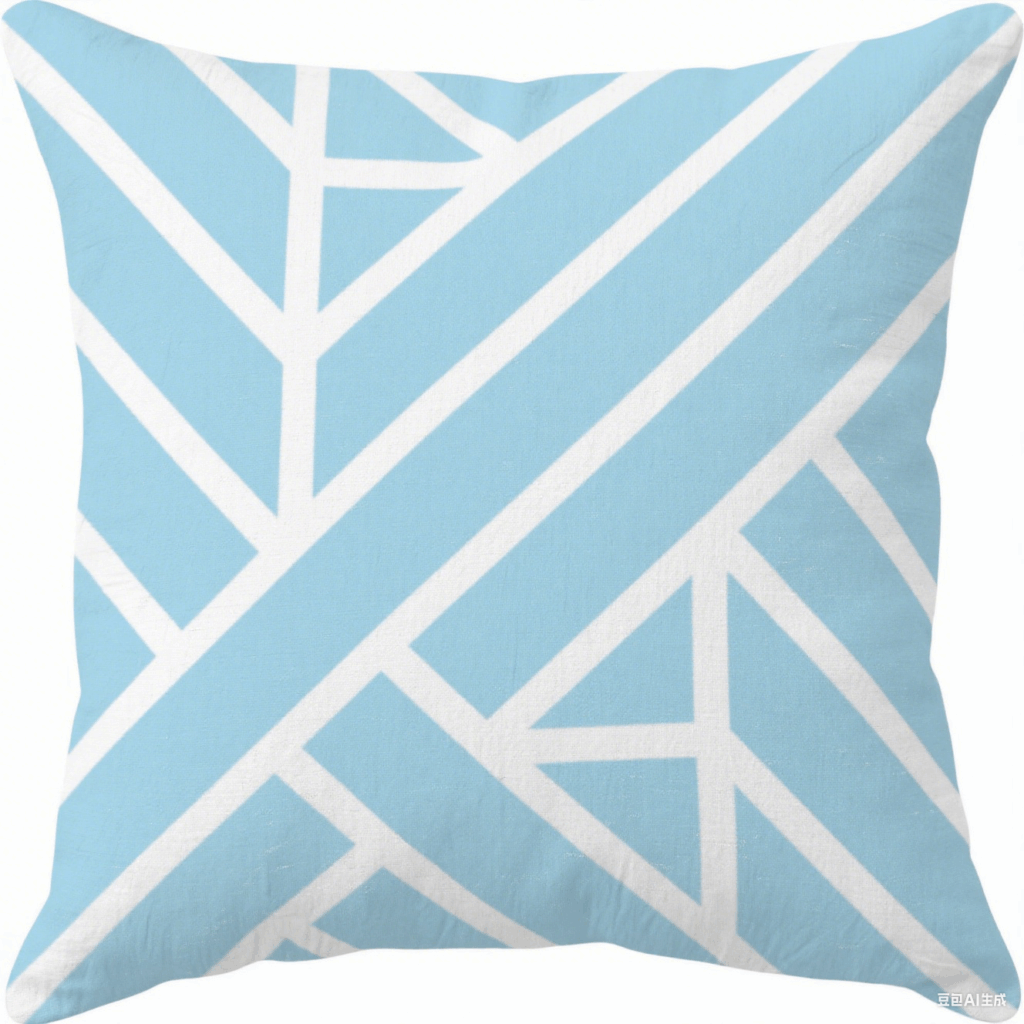
Why HS Codes Matter: The Basics
HS codes are the universal language of global trade, a standardized system used by over 200 countries to classify goods. Each code (typically 6-10 digits) corresponds to specific product characteristics, from material composition to manufacturing methods. For cushion covers, the wrong code can lead to overpaid duties, delayed shipments, or even customs penalties.
Top 5 HS Codes for Cushion Covers (CN → US Trade)
Here’s a snapshot of the most relevant codes for cushion covers, along with their tariff rates and key specifications (as of 2025-05-12):
| HS Code | Product Description | Tariff Rate | Key Notes |
|---|---|---|---|
| 6304994000 | Certified hand-loomed and folklore pillow covers of wool/fine animal hair (non-knitted) | 41.3% | Requires certification for hand-loomed/folklore status. |
| 3926909989 | Plastic cushion covers (broad category) | 42.8% | Applies to covers made primarily of plastic; material composition is critical. |
| 3901905501 | Ethylene copolymers (raw plastic materials) | 61.5% | For plastic pellets/granules, not finished covers. |
| 5811004000 | Quilted textile cushion covers with padding | 55.0% | Requires stitching or padding; ideal for padded, layered designs. |
| 9404908100 | Stuffed cotton cushion covers (no elaborate decorations) | 34.4% | For cotton covers without embroidery, lace, or trimmings over 6.35 mm. |
Breaking Down the Codes: Key Factors for Classification
- Material Composition
- Textile vs. Plastic: Codes 6304, 5811, and 9404 apply to textile-based covers (wool, cotton, etc.), while 3926 and 3901 relate to plastic. For example, a 100% cotton cushion cover without padding might fall under 9404, whereas a polyester-blend quilted cover would fit 5811.
- Raw Materials vs. Finished Products: Code 3901 refers to plastic polymers (e.g., pellets), not the finished cover—ensure you’re classifying the end product, not its components.
- Construction Methods
- Hand-loomed vs. Machine-made: Code 6304994000 is specific to certified hand-loomed covers with folklore designs, requiring documentation to validate the craft.
- Quilting & Padding: If the cover includes layers stitched with padding (e.g., foam or batting), 5811004000 is likely the right fit.
- Decorative Elements
- Minimal vs. Ornate: Code 9404908100 excludes covers with embroidery, lace, or trimmings thicker than 6.35 mm. If your design includes elaborate details, re-evaluate the code to avoid misclassification.
Tariff Trends: Planning for Post-April 2025 Changes
Notice the “Post April 2, 2025 Additional Duty” column in the table? Many codes include a 30% surcharge set to take effect soon. For example:
- Code 6304994000’s total tax jumps from 11.3% (basic + additional) to 41.3% with the surcharge.
- Code 9404908100’s rate rises from 4.4% to 34.4%.
Importers should review supply chain strategies now to account for potential cost increases.
Tips for Accurate HS Code Classification
- Document Everything:
- Keep detailed material breakdowns (e.g., “80% cotton, 20% polyester”) and construction specs.
- If claiming hand-loomed status (6304994000), secure certification from relevant authorities.
- Leverage Professional Help:
- When in doubt, consult a customs broker or trade attorney. Complex designs (e.g., mixed materials or multi-functional covers) may require expert review.
- Check for Updates:
- HS codes and tariffs are subject to annual revisions. Use tools like the World Customs Organization’s HS Database to verify current classifications.
Conclusion: Simplify Trade with Strategic Classification
Classifying cushion covers isn’t just about numbers—it’s about understanding how material, design, and regulations intersect. By focusing on core factors (material, construction, and decoration), you can zero in on the right HS code, minimize tariff surprises, and ensure seamless cross-border transactions.
Ready to dive deeper? Share your cushion cover specifications in the comments, and let’s discuss the best code for your product! 📦✨
Disclaimer: The information here is based on current data (2025) and should be verified with official sources for your specific trade route.
